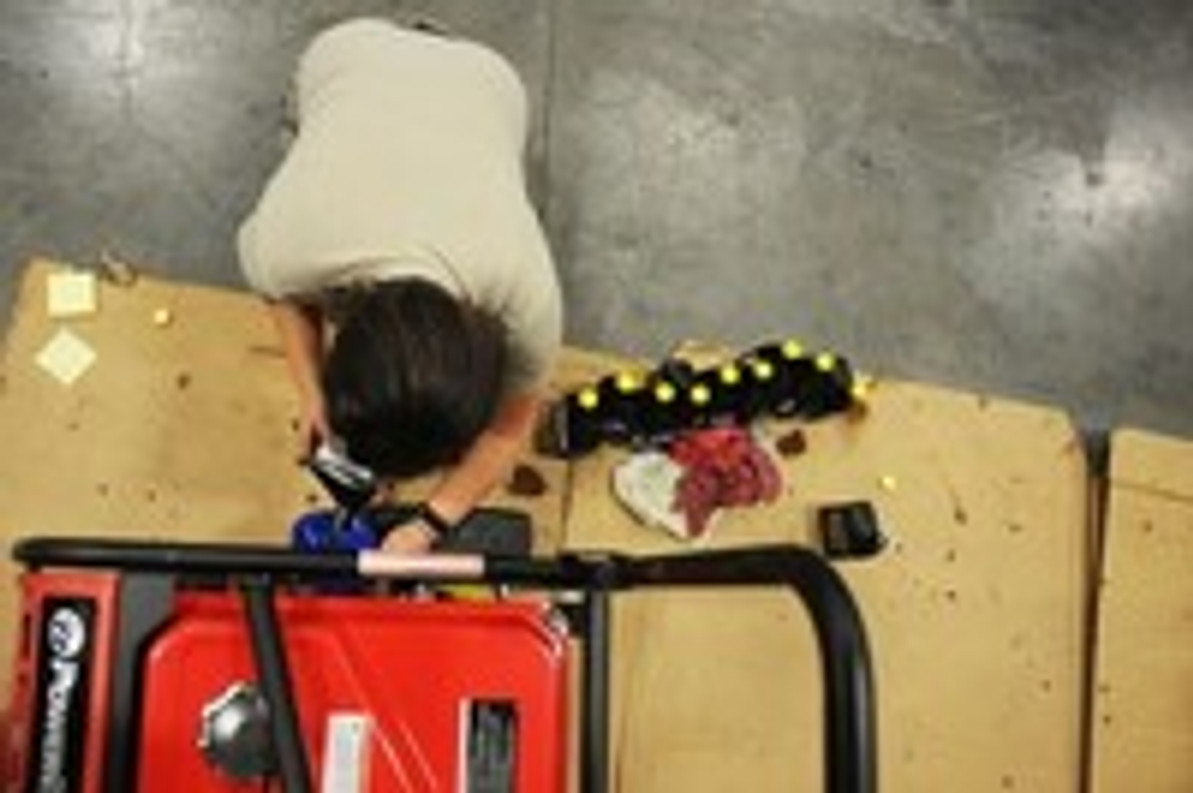Safety Tips When Using a Portable Generator
Portable generators offer a convenient way for individuals and families to power their homes without relying on the local power grid. When a severe ice storm pulls down the local power lines, families may struggle to cope with the freezing cold temperatures. Depending on the region and weather conditions, power outages can create life-threatening situations. Families can use portable generators to power and warm their homes as a temporary solution until power is restored. However, there are some things you need to know about how to safely use these devices.
Tip #1) Run Them Outside
This is probably common sense to most people, but you should only run a portable generator outside in a well-ventilated area. Yes, this means you'll have to brave the freezing cold temperatures to crank and fill it with gas, but it also protects you from carbon monoxide (CO) poisoning. Any gas-powered device or machine emits carbon monoxide, and allowing this toxic, odorless gas to build up may lead to poisoning.
Don't just place your portable generator in the garage, either. Even if the garage door is open, running a generator in a covered area such as this may contribute to dangerously high buildups of CO. Only run your portable generator when it's outside -- not in your garage, basement or storage shed.
Symptoms of CO Poisoning:
- Dizziness
- Headache
- Nausea
- Weakness
- Fatigue
Tip #2) Use Heavy-Duty, Grounded Electrical Cord
Another safety tip is to connect your portable generator with a heady-duty, grounded electrical cord. Using some cheap, low-grade electrical cord places you at risk for shock. You can purchase a premium electrical cord from your local home improvement store for about $15 bucks. And when you are connecting it to the generator, make sure it's laid out and not tangled or twisted.
Tip #3) Don't Overload The Generator
Portable generators are only capable of powering a certain number of appliances and devices. If this is your first time operating a portable generator, read through the instruction manual to determine exactly how much power it's capable of producing (watts). Using this information, you can selectively choose which appliances to power.
Tip #4) Never Use When Wet
A fourth safety tip is to avoid using your portable generator when wet. If it's raining or snowing outside, place your generator under a canopy to keep it dry. Allowing it to get wet increases your risk of shock.
Recent Posts
-
Fire Safety in the Workplace: What You Need to Know
What steps are you taking to prevent fires in your workplace? According to the U.S. Occupational Saf …Aug 23rd 2023 -
Is It Safe to Go Jogging With a Cold Infection?
If you're suffering from a cold infection, you might be wondering whether it's safe to go jogging. T …Aug 22nd 2023 -
5 Safety Tips to Follow When Using a Powder-Actuated Tool
Powder-actuated tools are commonly used to join materials to steel and concrete. Also known as Hilti …Aug 20th 2023




